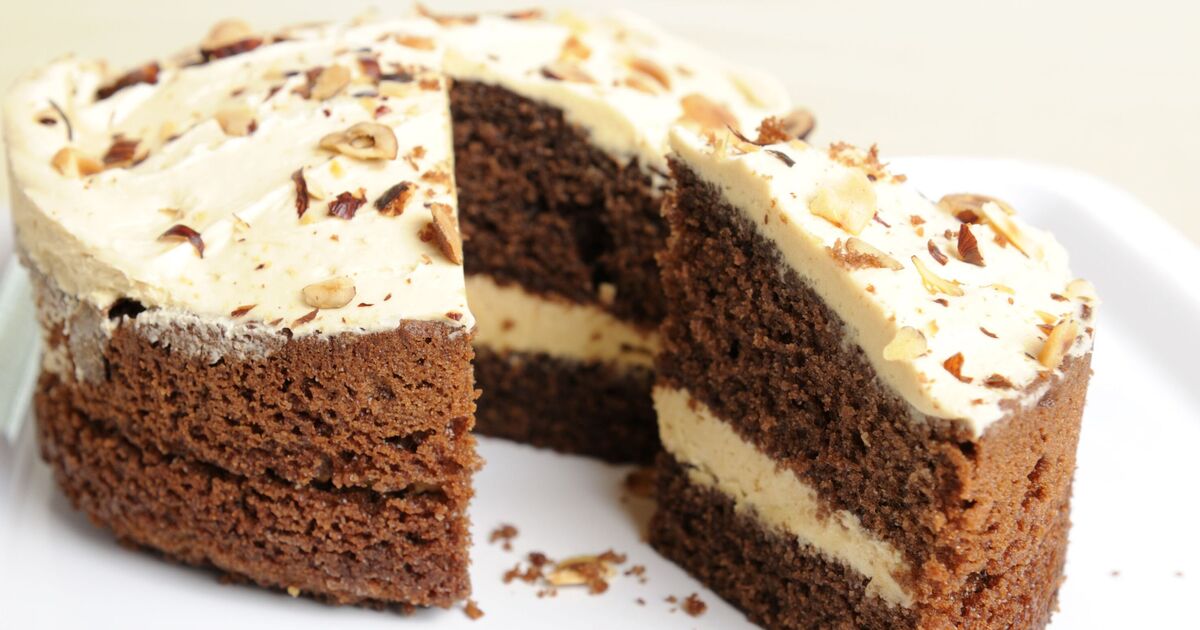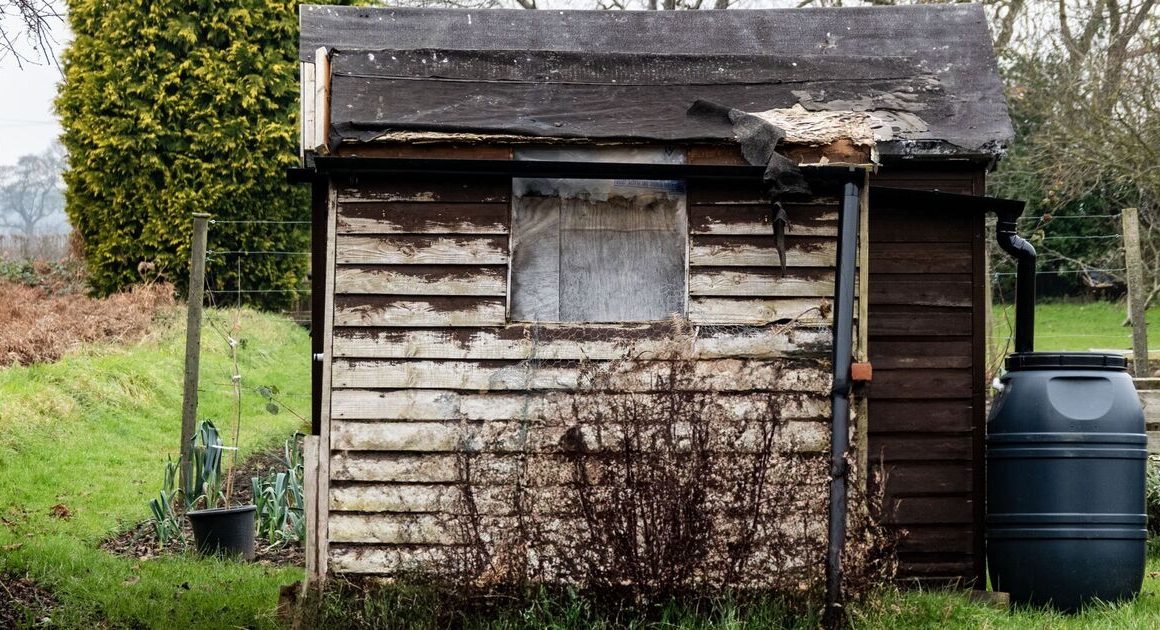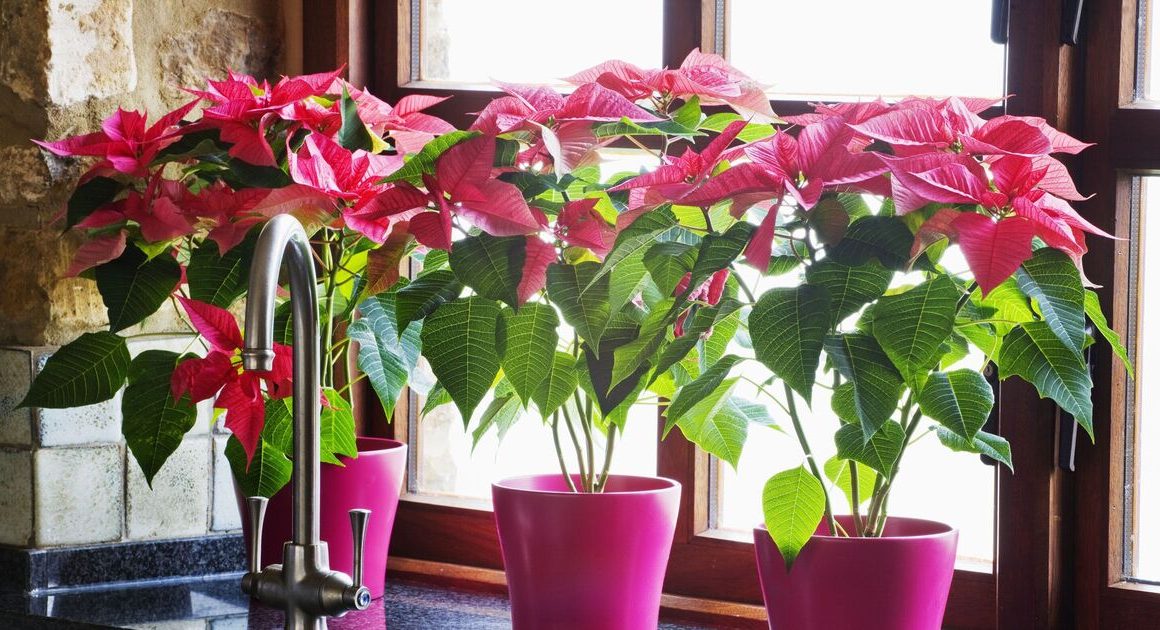Homemade cakes are almost always better. Their moist yet crumbly texture is irresistible when they come out of the oven.
Among the classic British lineup is the humble carrot cake, Victoria sponge and, of course, the intensely rich coffee and walnut cake. One thing those who have attempted making the latter will know, however, is that mastering the balance of espresso and vanilla flavours is harder than it sounds.
Even when following recipes by culinary icons like Mary Berry, coffee cake can be a mean feat, according to Johnny England, a Löfbergs coffee maestro.
He explained that there is an easy fix for this common problem involved in home baking; unsurprisingly, it all comes down to how you make the coffee used in the cake mixture.
Speaking exclusively to Express.co.uk, Johnny revealed the hard and fast rule he swears by for levelling up any coffee cake recipe, including this one Mary Berry debuted on The Great Sport Relief Bake Off.
Mary Berry’s coffee cake recipe
Ingredients
225g/8oz unsalted butter softened, plus extra for greasing
225g/8oz caster sugar
Four large free-range eggs
225g/8oz self-raising flour
½ level tsp baking powder
One tbsp coffee granules dissolved in one tablespoon of boiling water
50g/1¾oz walnuts, finely chopped
For the filling and topping
125g/4½oz unsalted butter softened
225g/8oz icing sugar, sifted
One tbsp coffee granules dissolved in one tablespoon of boiling water
Eight walnut halves to decorate
While Mary’s recipe is bound to produce the “delicious” results she claims, Johnny suggests slightly tweaking the coffee element.
In this recipe, swap the “one tablespoon of instant coffee dissolved in one tablespoon of hot water” for a strong-brewed coffee. You can achieve this either by increasing the gram amount of grounds without altering the amount of water or by using a stronger type of coffee.
“When it comes to choosing the right coffee to go in a coffee cake, it all depends on the flavour you want to achieve, however generally speaking, a strong brewed coffee is the best choice of coffee for a coffee cake as it will add flavour and depth to the dessert, and the strong flavour also works well against the sweetness of the cake”, said Johnny.
He added: “It’s also important to choose a medium to dark roast coffee, such as Löfbergs Brazil Single Origin (available in Waitrose and at Discount Dragon), as these types of coffee often have nutty and chocolatey undertones, making them perfect for desserts, especially coffee cake.”
As for how to make Mary’s tantalisingly good cake, start by preheating the oven to 180C/160C fan, then lightly butter two loose-bottomed 20cm/8in sandwich tins and line the bases with baking paper.
Combine the butter, sugar, eggs, flour, baking powder, and freshly brewed coffee in a large mixing bowl. Beat everything together (using an electric hand whisk if you have one) until well combined and smooth. Now fold in the walnuts.
Divide the mixture evenly between the prepared tins and level the surface using a spatula or the back of a spoon.
Bake for 25 to 28 minutes or until an inserted skewer comes out clean, indicating that the inside is cooked. When they’re done, transfer the cakes from the oven to a kitchen worktop and allow them to cool in the tins for five minutes.
Run a small palette knife or rounded butter knife around the edges of the tins to loosen and carefully turn the cakes onto a wire rack. Gently peel off the paper and leave the sponges to cool completely.
For the filling and topping, beat the butter and gradually add the icing sugar. Add the coffee (made the same way as you did for the sponge mixture), and beat until smooth. Choose the cake with the best top. Then, upside-down put the other cake onto a serving plate and spread with half the coffee icing.
Sandwich together with the other half. Ice the top of the cake and decorate it with the walnut pieces to serve.












